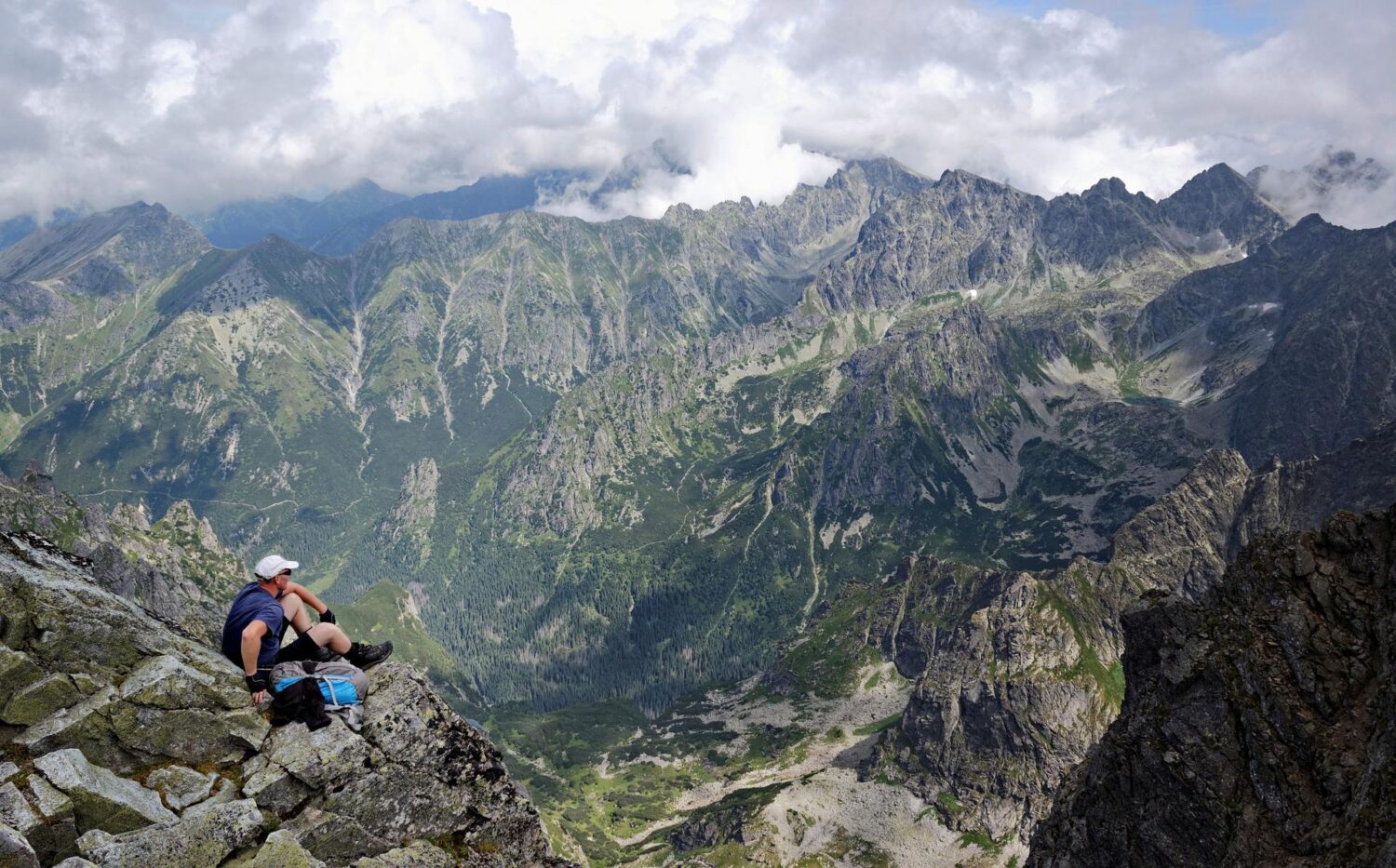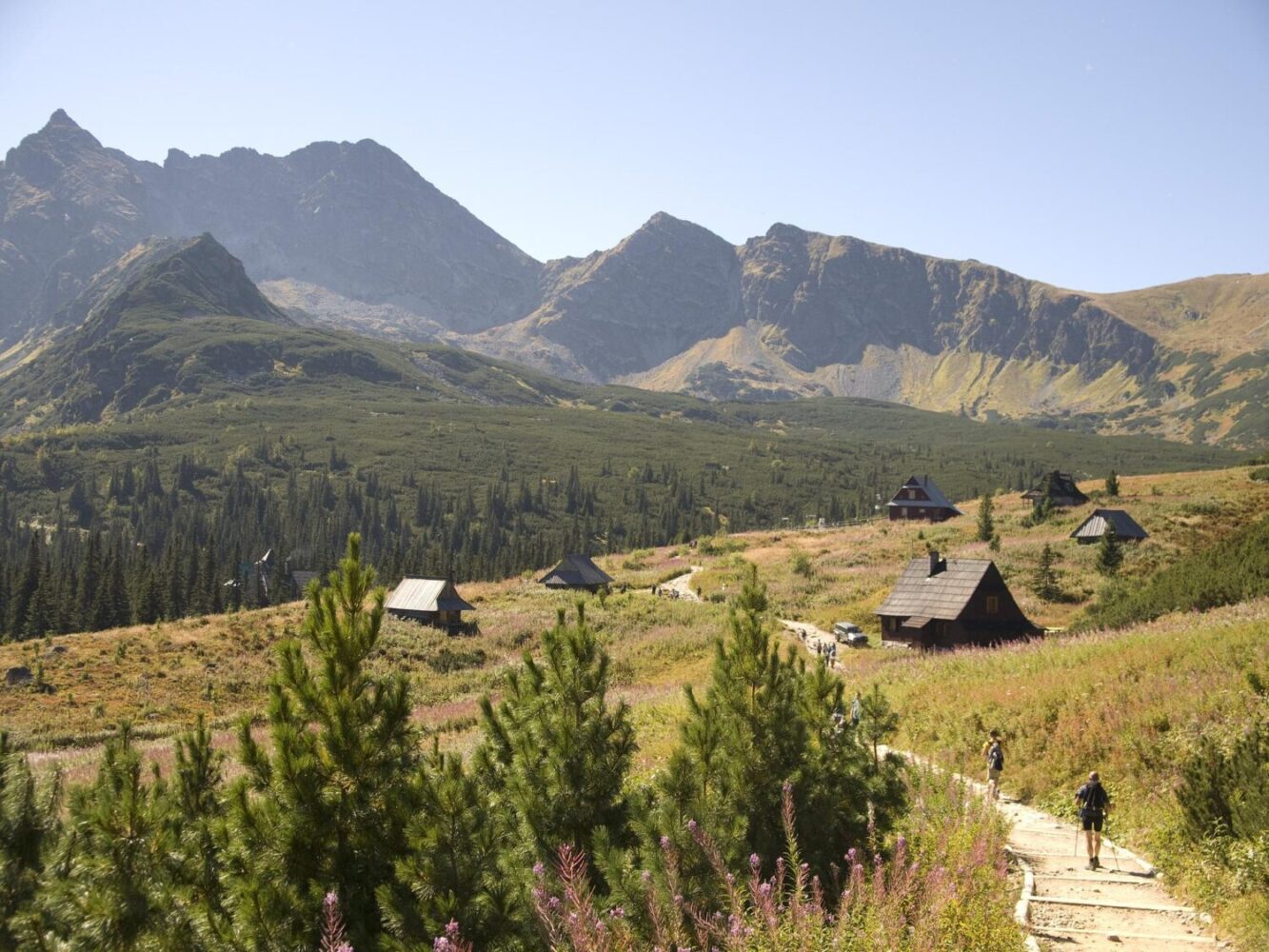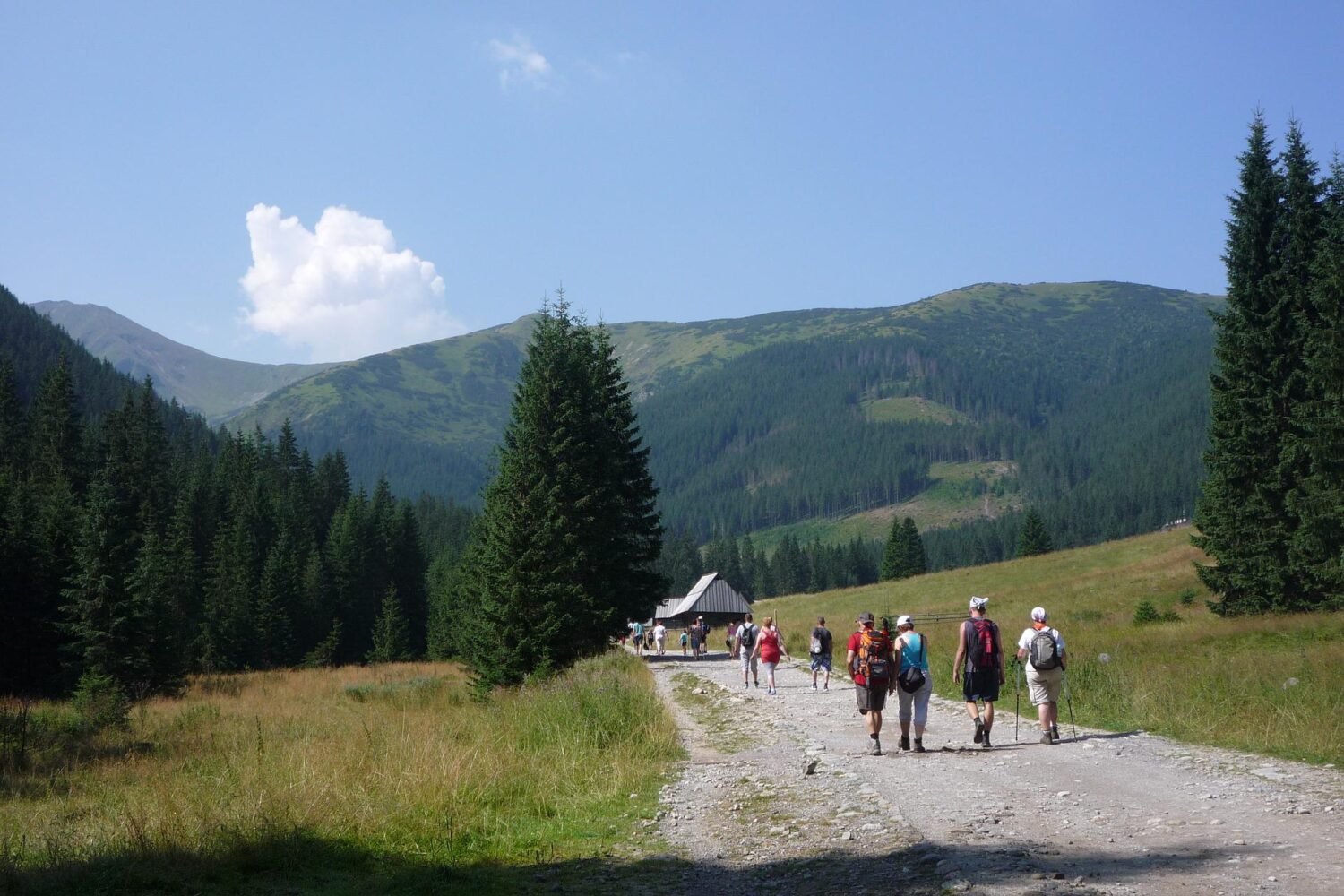Lesser Poland (Malopolskie)
Lesser Poland
Lesser Poland – updated 19 January 2023.
The Lesser Poland (Malopolskie) region in Poland is located in the south of the country and is known for its beautiful landscapes, rich history, and cultural heritage. The region is bordered by the Silesian Voivodeship to the west, the Lesser Poland Voivodeship to the north, and the Slovakian border to the south.
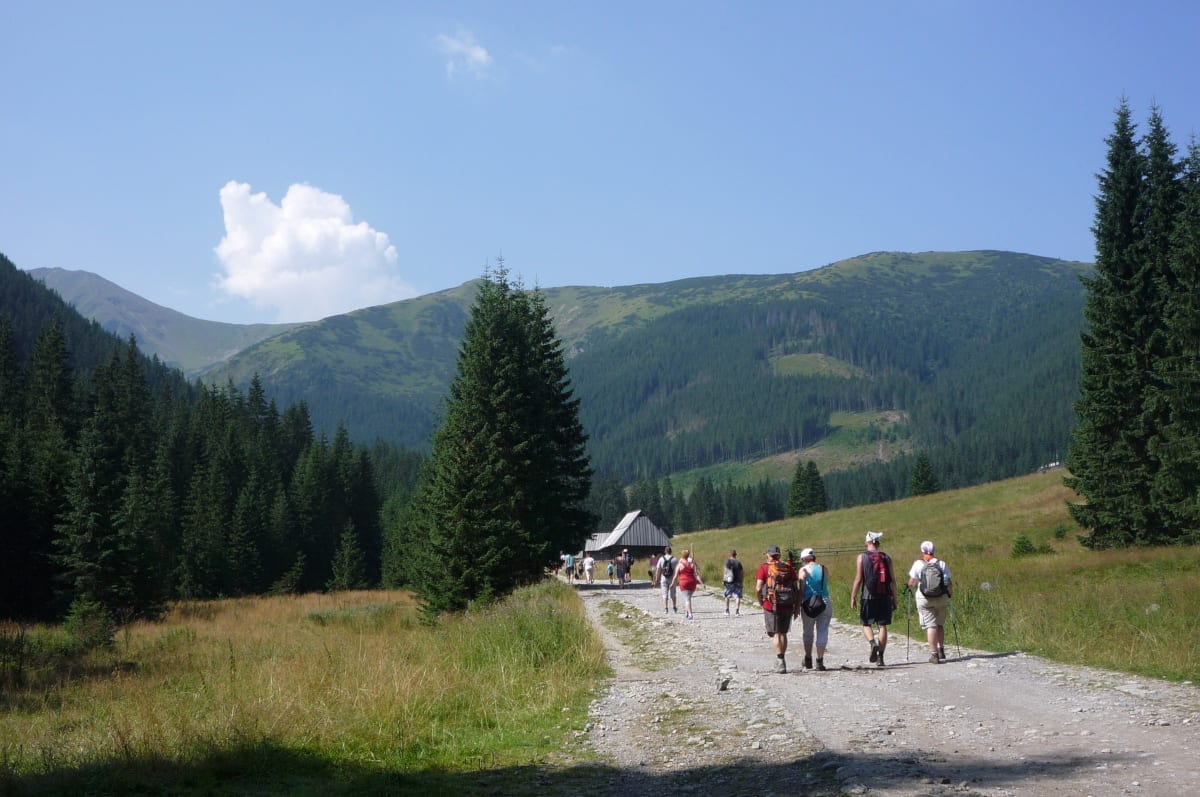
Tatra mountains
One of the main attractions of the Lesser Poland region is the beautiful Tatra Mountains, which are a popular destination for hikers, skiers, and outdoor enthusiasts. The Tatras are the highest mountain range in Poland and are home to several national parks, including the Tatra National Park, which is a UNESCO Biosphere Reserve. The Tatras are also home to several historic sites, such as the Zakopane, which is a mountain resort town and the cultural capital of the region.
Lakes
The region is also home to several beautiful lakes, such as the Rożnowski and the Czorsztyński, which are popular for swimming, boating, and fishing. The region is also home to the Wieliczka Salt Mine, which is a UNESCO World Heritage Site, and the Pieniny National Park, which is a beautiful area of rolling hills, meadows, and forests that is perfect for hiking and cycling.
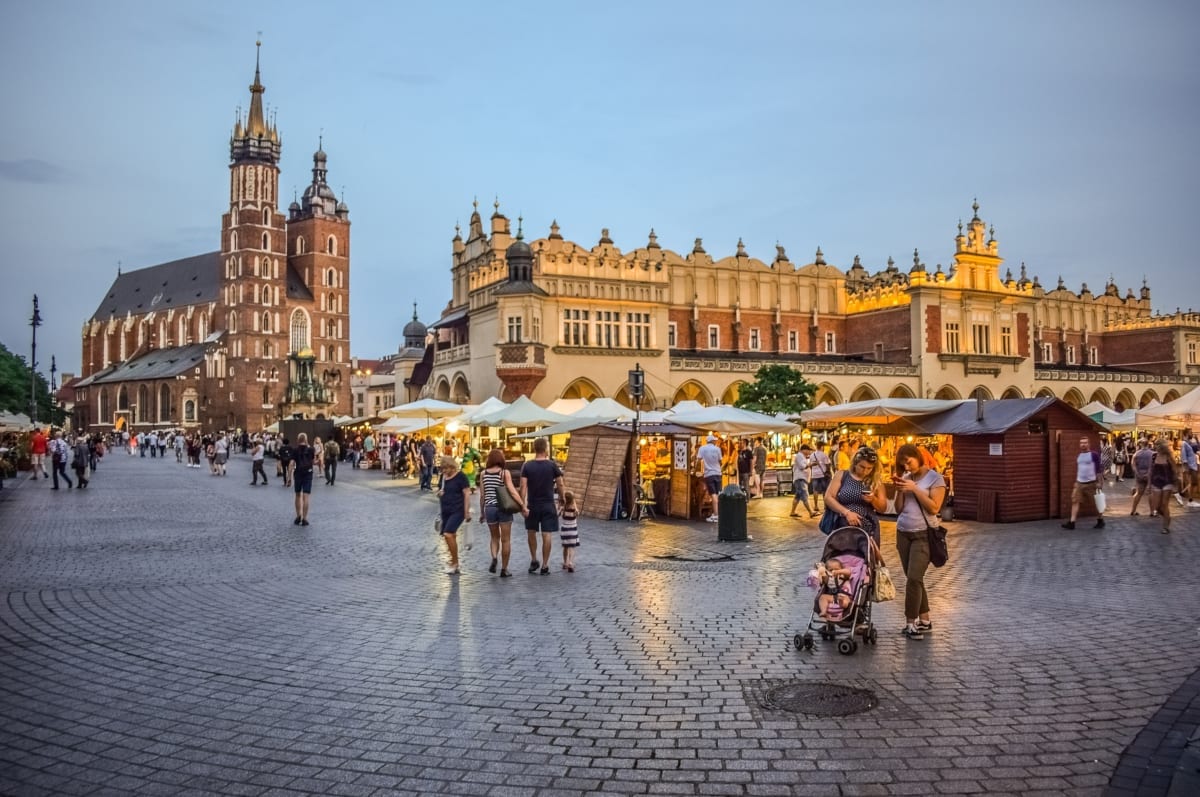
Krakow
The Lesser Poland region is also known for its rich history and cultural heritage. The city of Krakow, which is the capital of the region, is home to several historic buildings and monuments, including the Wawel Castle, the St. Mary's Basilica, and the Main Market Square, which is one of the largest medieval town squares in Europe. Krakow is also home to several museums, such as the National Museum and the Wawel Royal Castle, which showcase the region's history and culture.
Traditional crafts
The region is also known for its traditional crafts, such as pottery, weaving, and woodcarving. Visitors to the area can find a wide variety of handmade goods at local markets and shops. The region is also known for its delicious cuisine, which features traditional dishes such as pierogi (dumplings) and bigos (stew).
Industry and commerce
In addition to its natural beauty and cultural heritage, the Lesser Poland region is also an important center of industry and commerce. The region is home to several large manufacturing companies, including the Krakow Industrial Park, which is home to several leading companies in the automotive and electronics industries.
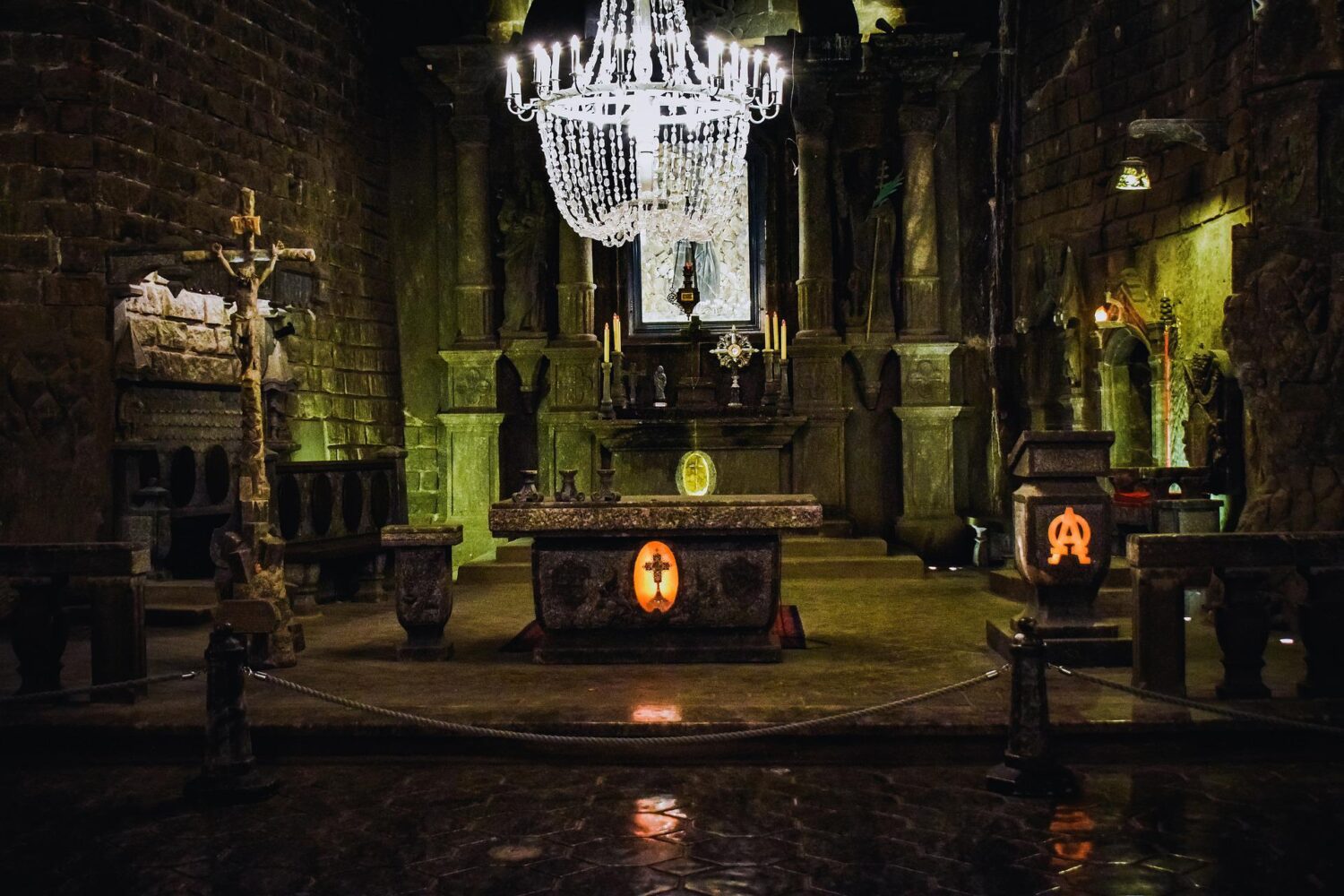
Unique blend
Despite its industrial development, the Lesser Poland region remains a relatively undiscovered destination in Poland. Visitors to the area will find a unique blend of natural beauty, rich history, and cultural heritage that makes it a great destination for those looking to explore off the beaten path.
In conclusion, the Lesser Poland region of Poland is a hidden gem that offers a unique blend of natural beauty, rich history, and cultural heritage. The Tatra Mountains, the Wieliczka Salt Mine, and the Pieniny National Park are perfect for outdoor enthusiasts, while the traditional crafts and delicious cuisine of the region, and the historic buildings and monuments of Krakow are perfect for those looking to experience the local culture. The region's industrial development also makes it an important center of commerce in Poland. It's a destination that should not be missed for those who are interested in exploring Poland.
FAQ
Q: What is the Lesser Poland region of Poland known for?
A: The region is known for its beautiful landscapes, rich history, and cultural heritage. The Tatra Mountains, the Wieliczka Salt Mine, and the Pieniny National Park are popular destinations for outdoor enthusiasts, while the traditional crafts, delicious cuisine, and historic buildings and monuments of Krakow are popular among those interested in experiencing the local culture. The region is also an important center of industry and commerce in Poland.
Q: What are some popular things to do in the Lesser Poland region?
A: Popular activities in the region include hiking and skiing in the Tatra Mountains, visiting the Wieliczka Salt Mine, exploring historic buildings and monuments in Krakow, experiencing traditional crafts, and trying local cuisine.
Q: What are some popular traditional crafts in the Lesser Poland region?
A: Traditional crafts in the region include pottery, weaving, and woodcarving. Visitors to the area can find a wide variety of handmade goods at local markets and shops.
Q: What are some popular dishes in the Lesser Poland region?
A: Popular dishes in the region include pierogi (dumplings) and bigos (stew). The region is also known for its delicious cuisine, which features traditional dishes such as kiełbasa and kaszanka.
Q: How can I get to the Lesser Poland region?
A: The region is located in south of Poland. The main city of the region is Krakow, which can be reached by train or bus from other major cities in Poland. The region is also easily accessible by car and has good road connections.
Q: Are there any national parks in the Lesser Poland region?
A: Yes, the region is home to several national parks, including the Tatra National Park and the Pieniny National Park. Both parks offer beautiful landscapes, hiking trails, and opportunities for outdoor activities, as well as several historic sites.
